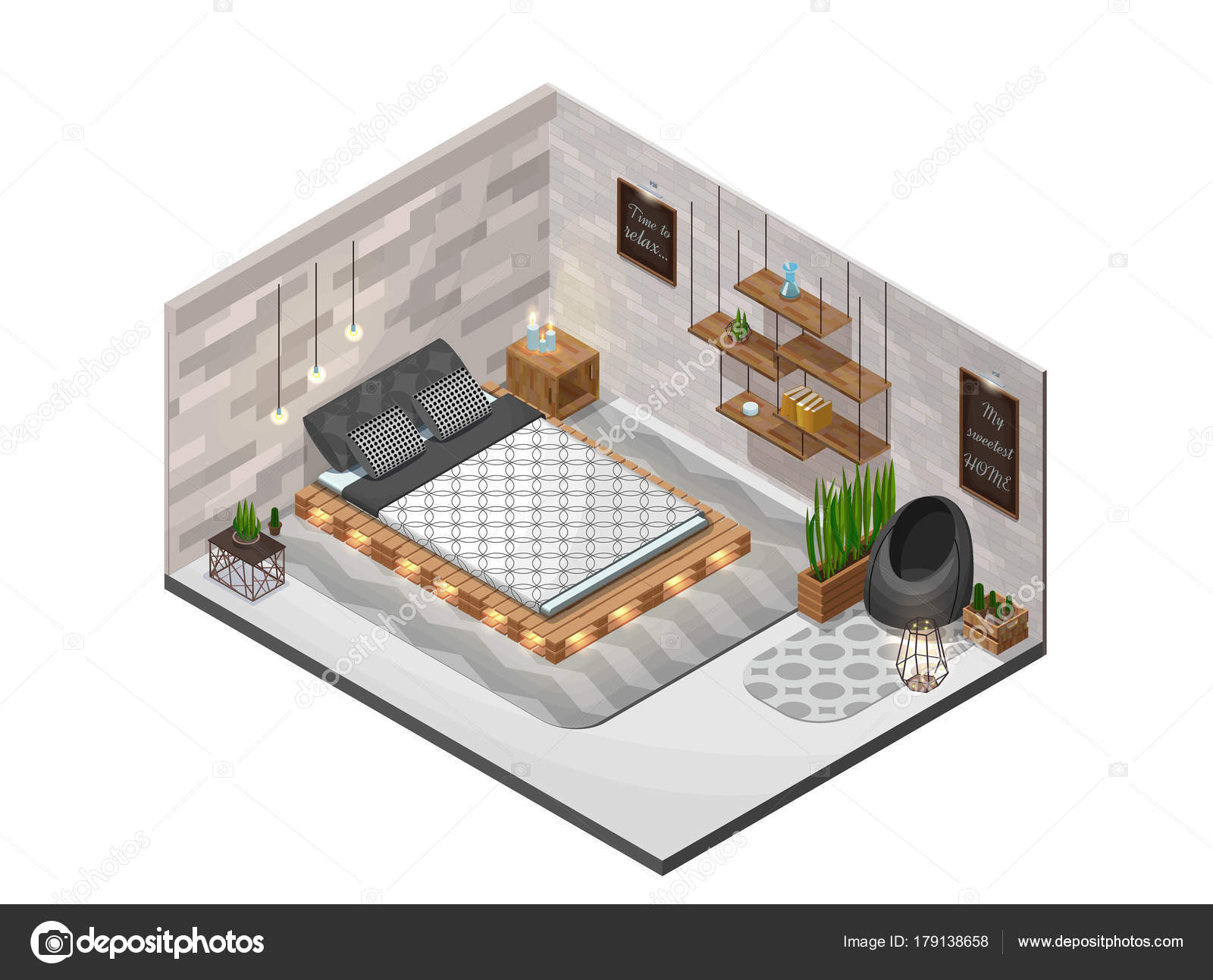Comprehensive Instructions For Refurbishing Vintage Cabinets
Comprehensive Instructions For Refurbishing Vintage Cabinets
Blog Article
Developed By-Stanley Donnelly
To begin the trip of recovering antique cupboards, you need a keen eye for information. Imagine revealing hidden keys within each layer of background embedded in the wood. Picture the complete satisfaction of revitalizing a once-forgotten piece to its former magnificence. Every action of this precise procedure holds the essential to protecting the past while creating a future antique. So, are you prepared to start this transformative venture and unlock the potential of your antique cabinets?
Assessing the Closet's Problem
When beginning the remediation procedure, start by assessing the condition of the antique closet. Thoroughly check out the overall structure for any kind of signs of damages such as fractures, chips, or loosened joints. Examine the wood for any type of rot, bending, or insect problem that may have happened gradually. It's vital to figure out the level of the restoration needed before continuing even more.
Next, evaluate the closet's hardware such as hinges, knobs, and locks. Make relevant internet site of any kind of missing out on pieces or components that need repair work or replacement. Make certain that all hardware is functioning properly and firmly attached to the cabinet.
In addition, assess the cabinet's coating. Try to find any scratches, discolorations, or discoloration that might impact the visual appeal. Establish if the coating needs to be stripped and reapplied or if a straightforward touch-up will be enough.
Gathering the Necessary Tools and Materials
After assessing the condition of the antique closet, the following action is to gather the required tools and materials for the restoration process. Prior to you start, guarantee you have the complying with items available:
- wood cleaner
- sandpaper in different grits
- wood filler
- paint or wood discolor
- brushes
- handwear covers
- safety and security goggles
- a dust mask
- a ground cloth
- a putty knife
- a hammer
- a screwdriver
- a vacuum
These tools and products are vital for a successful reconstruction.
Wood cleaner is important for getting rid of years of dirt and crud accumulation, preparing the surface area for fining sand. Sandpaper of various grits aids in smoothing out blemishes and preparing the timber for a brand-new surface. Timber filler comes in handy for repairing any splits, holes, or damages existing in the cabinet.
Paint or wood discolor, together with brushes, allow you to customize the closet to your choice. Keep in mind to wear handwear covers, safety and security goggles, and a dust mask for defense. Put down https://trevoryhqzi.webbuzzfeed.com/28330904/with-the-expertise-of-a-custom-closet-manufacturer-your-space-can-be-raised-into-a-bespoke-refuge-where-every-function-is-intricately-crafted-and-developed to safeguard your workplace, and use a vacuum cleaner to clean up any kind of debris.
With these devices and products collected, you're ready to begin the reconstruction procedure.
Performing the Restoration Process
To efficiently implement the reconstruction process on your antique closet, start by completely cleansing the surface with the wood cleaner. This step is vital as it helps remove years of dust, gunk, and old polish that might have accumulated externally.
As soon as the cabinet is clean and completely dry, examine the condition of the timber. Seek any type of fractures, scratches, or various other problems that require to be dealt with. Use timber filler to repair any imperfections, making sure to match the filler color to the wood tone for a seamless coating.
After the repair services have actually dried, gently sand the entire surface area to develop a smooth and even base for the brand-new surface. Be careful not to sand also strongly, as you don't want to damage the wood underneath.
As soon as the sanding is total, apply a wood stain or complete of your option, adhering to the producer's guidelines. Enable the coating to dry entirely before applying a protective leading coat to make certain the long life of your restored antique cupboard.
Final thought
Since you have actually finished the reconstruction procedure, your antique closet looks just as good as new.
By following the step-by-step overview, you had the ability to analyze, fix, and boost its problem easily.
With a fresh finish and protective leading layer, your valued item will certainly remain to beam for several years to come.
Take pleasure in the elegance of your recovered antique closet!
